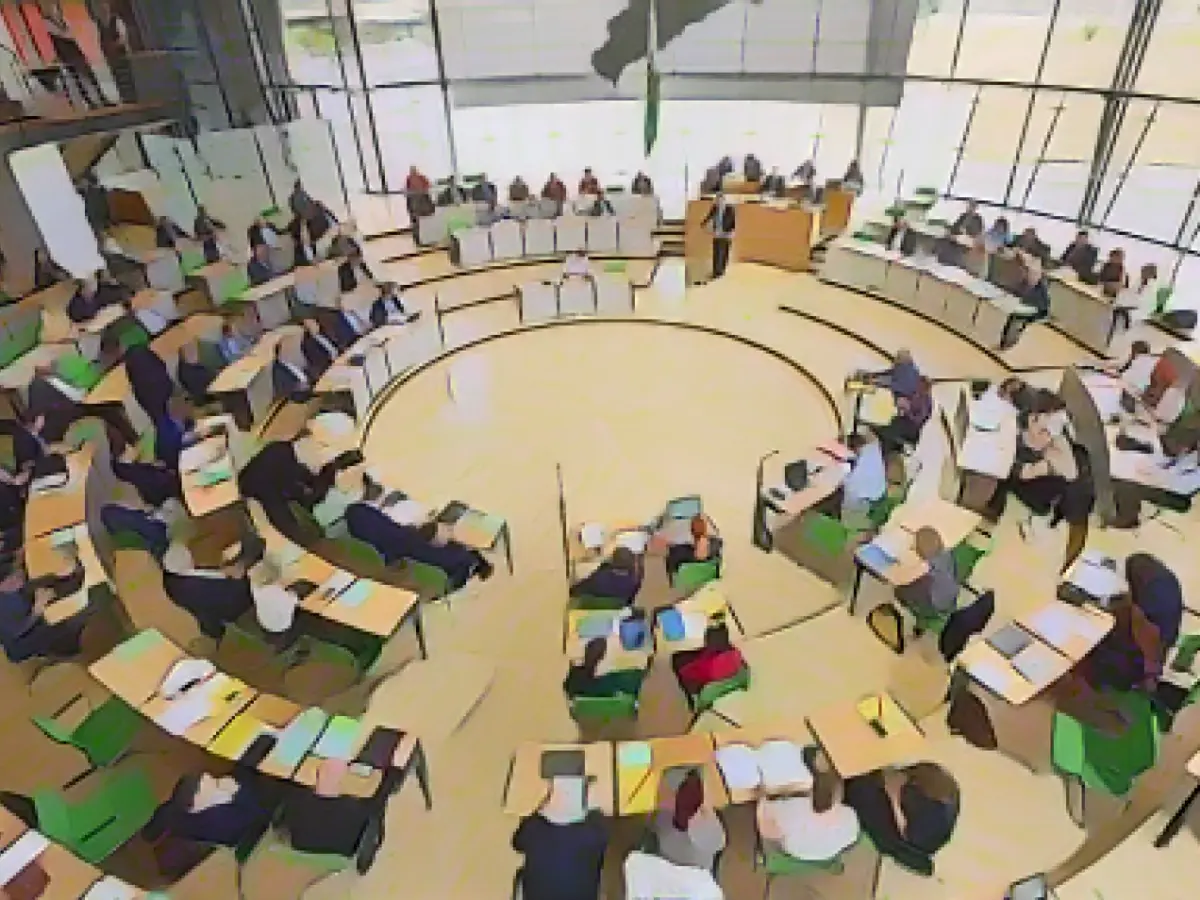Transforming University Landscapes: A Digital Age Blueprint
Embracing the digital transformation wave while mitigating associated risks has become a priority for universities, as evidenced by the collaborative strategy devised by the German Ministry of Science and the State Rectors' Conference. The strategy's goal is to capitalize on digital advancements without disregarding potential threats, according to Science Minister Sebastian Gemkow. He emphasized the need for enhanced cooperation between universities and the importance of bolstering cybersecurity measures in light of recurring cyber attacks.
At the heart of this strategy lies a set of objectives, detailed in a strategy paper, which encompass cybersecurity measures, curriculum adaptations tailored to digital job markets, and the expansion of research data management to promote multidisciplinary collaboration.
In the spirit of harnessing the power of the digital age, universities are being encouraged to strengthen their online collaborative efforts to foster knowledge sharing and catalyze innovation. Furthermore, the German government underlines the importance of strengthening cybersecurity safeguards to shield against potential digital threats.
Digging Deeper into the Strategy
The strategy's core components can be traced back to various sources, which include universities at the forefront of digital transformation and innovation, as well as international organizations dedicated to promoting science, innovation, and collaboration:
- No stranger to innovation: Universities like RWTH Aachen University have dedicated resources to cutting-edge clusters centered on digital transformation, such as the Internet of Production and ML4Q – Matter and Light for Quantum Computing, driving Germany's advancement in these fields.
- Cybersecurity Champions: TUM (Technical University of Munich) has launched an innovative Cybersecurity Program, which integrates theoretical concepts into practical applications while focusing on industry-specific challenges. This initiative emphasizes the importance of interdisciplinary cooperation and contributions to strengthening cybersecurity skills.
- A Global Network for Science and Innovation: DAAD (German Academic Exchange Service) aims to amplify the international reach of German universities and solidifying partnerships with innovation drivers worldwide, thereby attracting skilled talent and boosting innovation in various sectors, including digital transformation and cybersecurity.
- United for AI Advancements: The CERN for AI initiative outlines a hybrid model that strikes a balance between open collaboration with academia and industry to address AI development challenges, notable among which are cybersecurity and digital trustworthiness.
Components in Action
- Digital Transformation and Innovation: Universities like RWTH Aachen and TUM promote digital innovation through dedicated clusters and programs focused on advanced technologies.
- Cybersecurity: Specific universities and initiatives, like the TUM Cybersecurity Program, prioritize enhancing cybersecurity capabilities and addressing industry requirements.
- Collaboration: DAAD emphasizes partnerships with international innovation drivers, while CERN for AI stratagems encompasses cooperative efforts with academia, industry, and other stakeholders to tackle AI development challenges.
In sum, this strategy sets the stage for German universities to evolve into global hubs of digital innovation, cybersecurity, and collaboration, establishing themselves as forerunners in the academic landscape.








